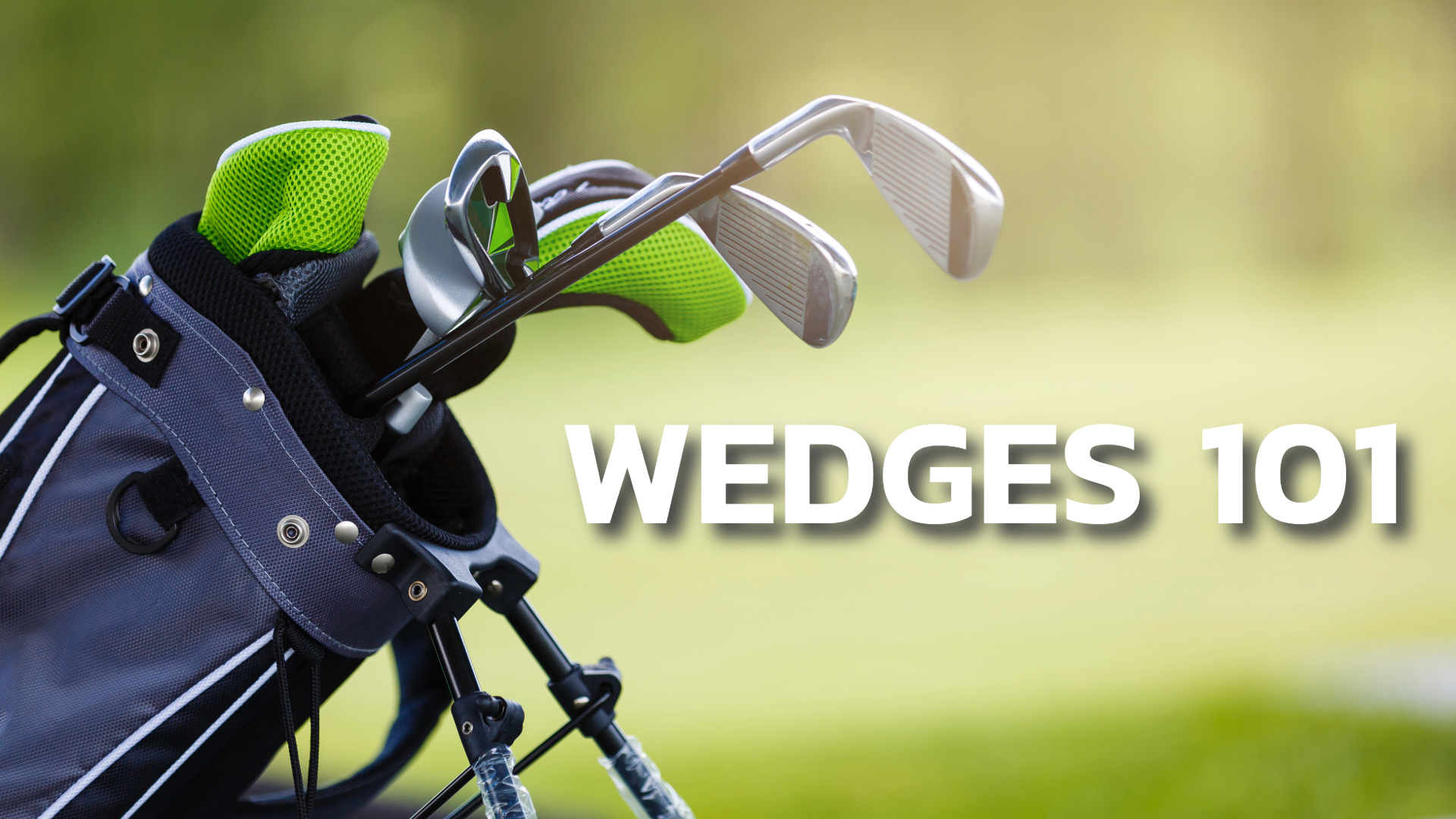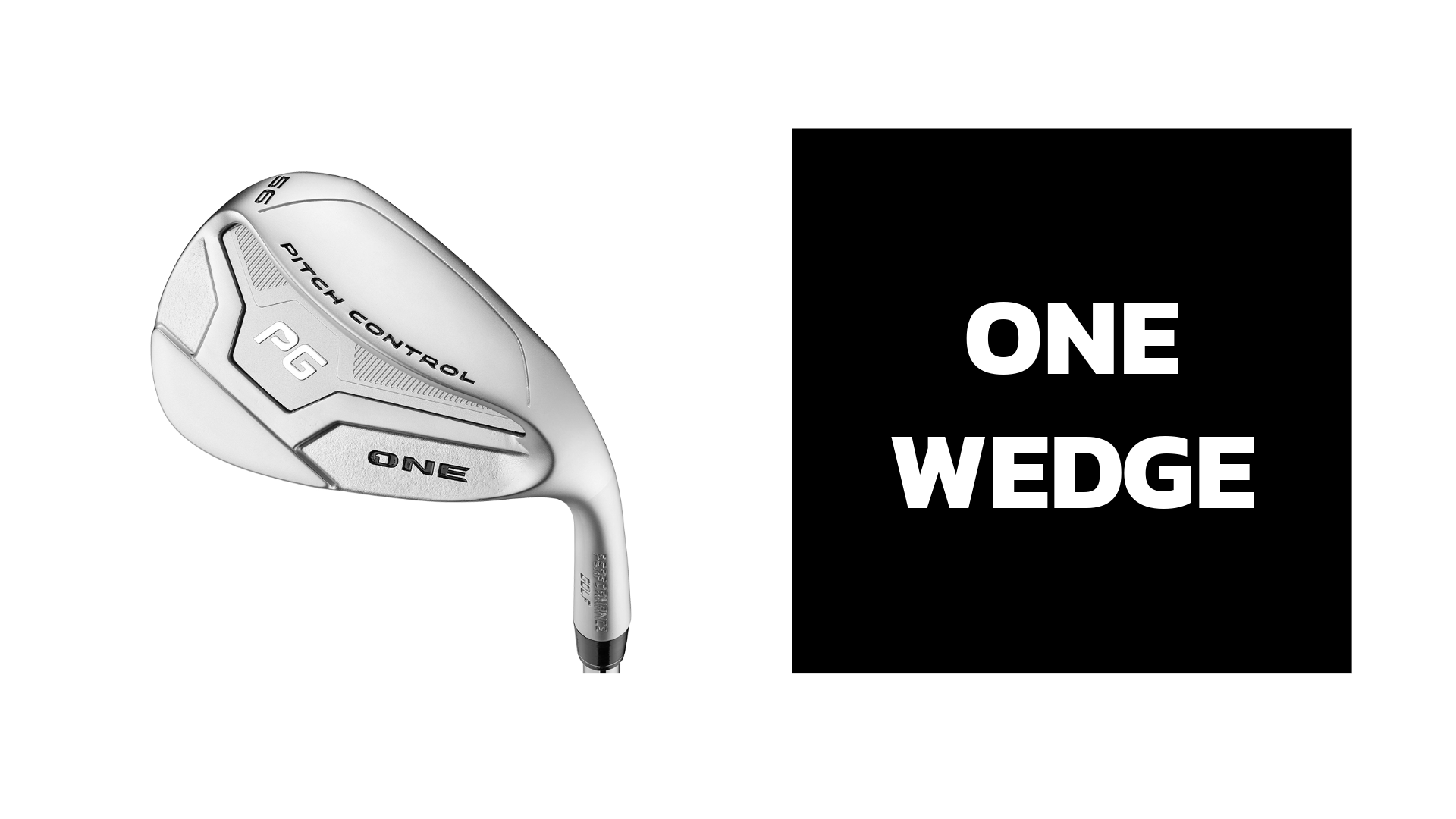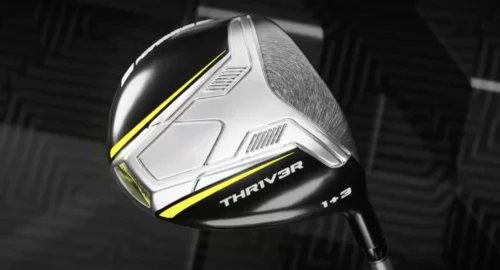
To play up to your highest potential, you need the right wedge for your golf game.
Most golf shots happen inside 100 yards during a given round. While having a good tee box game and ball striking with your irons is important, one could argue that wedges are even more important.
There’s nothing better than when you may be having an off day of ball striking, but still posting a great score from a strong and steady wedge game. If you hit a big slice and have to chip out, you know that with a good wedge you can still save par.
When you are hitting it well and your wedges are working, those are likely some of your best rounds ever. Today, we’ll review the different types of wedges, what to consider when buying, and the secrets to distance control to help you shoot lower scores.
The Best Golf Wedges: Your Short Game Weapons
Having the right wedges makes golf a lot easier.
Wedges are needed for both full shots as well as partial shots inside 100 yards. When used properly, they can become a weapon and lead to lower scores than you thought possible.
Pitching Wedge
The first and most common type we’ll be covering is a pitching wedge (also known as a PW). This wedge generally comes with any irons golf set and has between 42–47 degrees of loft, depending on the brand.
Your pitching wedge matches the rest of your irons and is commonly used for full-swing shots. However, it can be used for short chip shots around the green too. For some more tips on chipping, check out our recent YouTube video!
Gap Wedge
The second type of wedge is a gap wedge (GW) which fills the gap between your pitching wedge and sand wedge. A gap wedge is also sometimes called an attack wedge, auxiliary wedge, or utility wedge.
A gap wedge has more loft than a pitching wedge and less loft than a sand wedge – typically between 49–53 degrees. These clubs are used for full swing shots, knockdown shots, long greenside bunkers, and around the greens.
Gap wedges can come as part of a set or bought individually. If you want your gap wedge to be similar to your pitching wedge, we recommend seeing if this comes as part of your iron set. This will ensure you have proper gaps in loft, the same shaft, and the same type of clubhead.
More advanced golfers might choose to have their GW match their higher loft wedges for more versatility. This is personal preference, but something to consider when searching for the best wedges for your game.
Sand Wedge
The third type of wedge is a sand wedge (SW) and is used for all types of shots.
If there’s one word to describe this wedge, it’s versatility. You can use this wedge for full shots, knockdown shots, partial shots (inside 70 yards), from the sand, and around the greens.
A sand wedge has between 54-57 degrees of loft; more than a gap wedge, but less than a lob wedge. For a lot of golfers, a sand wedge is the highest lofted club in the bag.
Sand wedges do not typically come with an iron set, but some brands allow you to add them on. However, most golfers buy a sand wedge individually.
Lob Wedge
The final wedge to consider in your golf bag is a lob wedge (LW).
This is the most lofted club in golf and has between 58-64 degrees of loft, depending on the brand and model. In general, most lob wedges are about 60 degrees of loft.
These wedges are used for some full swing shots, but typically not more than 70 or 80 yards for most everyday golfers. While pros can hit them close to 100 yards, they’re more commonly used for shorter distances.
Lob wedges are great for flop shots, short-sided shots, tricky 30-50 yard shots, and greenside bunkers. However, due to the design, they are not as forgiving and can be very difficult to hit consistently well for mid to high-handicap golfers.
Like sand wedges, these are bought individually and do not come with iron sets.
Three vs. Four Wedges
Now that you have a better understanding of the four most common wedges, you may be asking yourself: how many should you carry in your bag?
At the bare minimum, for complete beginners, you want at least a pitching wedge and sand wedge. A sand wedge will help with bunkers, shots inside 75 yards, and tough shots around the green.
If you’re more of an intermediate, mid-handicap golfer, you probably want three wedges. It’s a good idea to have these spaced out about six degrees apart to avoid any distance gaps. A common setup could include PW (46 degrees), GW (52 degrees), and LW (58 degrees).
Finally, advanced golfers might be the ones to consider adding a fourth wedge. This can help improve distance control and hit a lot more partial shots for maximum versatility. As Ben Hogan once said, “Show me the golfer who hits full wedge shots. I want to play him for money.”
If you choose to have four wedges, you’ll want to space them out 3-4 degrees per wedge. A common setup could include PW (46 degrees), GW (50 degrees), SW (54 degrees), and LW (58 degrees).
While having a good tee box game and ball striking with your irons is important, one could argue that wedges are even more important.
The ONE Wedge

If you’re an amateur golfer looking for the ONE wedge to really transform your game, we have an exciting new club for you! Performance Golf’s ONE Wedge is a High-Performance wedge in collaboration with Golf Digest’s Top 7 Coach, Martin Chuck, that fixes the root cause of mis-hit pitch shots. This versatile sand wedge also replaces your lob wedge (56º option only) or your gap wedge (50º option only), allowing you to simplify the number of wedges you carry above your pitching wedge. This is not a training aid, it’s a legal club for use on your favorite course!
The ONE Wedge is powered by Pitch Control Technology that “auto-accelerates” your club through even the worst lies, helping you eliminate chunked, bladed, and pitch shots. If you want to lower your scores 7-9 shots on average, be sure to check it out here!
Dial in Your Distances
Once you have the best wedges for you in your bag, you need to spend time in practice mapping out your distances. You want to have several distances for each wedge in the bag to help with shots that are in between distances.
For example, if you hit a pitching wedge 110 yards and a gap wedge 95 yards, you need to develop a 100-yard shot. This might mean choking up on a pitching wedge and hitting a knockdown-type shot. Or, using the clock system and swinging to a specific position on the clock to take some distance off the shot.
Try to have 2–3 distances with each club in your bag.
This will help attack different pin positions on the green (front, middle or back) and alter your trajectory too. You can create this wedge distance chart with the help of a launch monitor and might look something like this.
| PW | GW | SW | |
|---|---|---|---|
| Full Swing | 115 | 105 | 95 |
| 3/4 Swing | 105 | 95 | 85 |
| Half Swing | 95 | 85 | 75 |
It’s important to choose your wedges carefully, as they can have a big impact on your average score. Make sure each wedge is spaced out properly and develop several distances for each club. This will help you inside 100 yards and stop wasting shots from close range.
Also, make wedge practice a priority in practice – full shots, partial shots, and plenty of time at the short game area. Paired with these putting tips, you will have tons of confidence inside 100 yards and breakthrough scoring plateaus.

